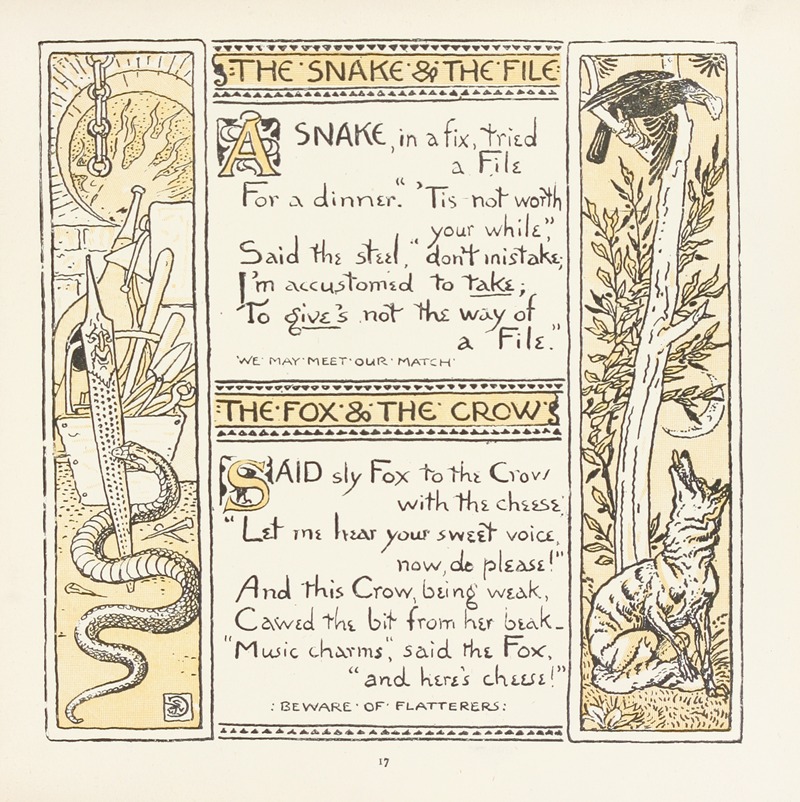
The Snake and the File, The Fox and the Crow
A hand-painted replica of Walter Crane’s masterpiece The Snake and the File, The Fox and the Crow, meticulously crafted by professional artists to capture the true essence of the original. Each piece is created with museum-quality canvas and rare mineral pigments, carefully painted by experienced artists with delicate brushstrokes and rich, layered colors to perfectly recreate the texture of the original artwork. Unlike machine-printed reproductions, this hand-painted version brings the painting to life, infused with the artist’s emotions and skill in every stroke. Whether for personal collection or home decoration, it instantly elevates the artistic atmosphere of any space.
Walter Crane (1845–1915) was a prominent English artist and book illustrator, known for his contributions to the Arts and Crafts Movement and his work in children's literature. Among his numerous works, "The Snake and the File" and "The Fox and the Crow" are notable illustrations that reflect his distinctive style and storytelling ability.
"The Snake and the File" and "The Fox and the Crow" are illustrations created by Walter Crane for Aesop's Fables, a collection of fables credited to Aesop, a storyteller believed to have lived in ancient Greece. These fables have been passed down through generations and are known for their moral lessons conveyed through stories featuring animals with human characteristics.
Walter Crane's illustrations for Aesop's Fables were first published in the late 19th century. His work on these fables is characterized by its intricate detail, vibrant colors, and the integration of text and image, which was innovative for the time. Crane's illustrations not only brought the stories to life but also made them accessible and engaging for children and adults alike.
"The Snake and the File" is a fable that tells the story of a snake that enters a blacksmith's shop and begins to bite a file, hoping to find something to eat. The file, however, remains unaffected and tells the snake that it is futile to attack something that is harder and more resilient than itself. The moral of the story is often interpreted as a lesson about the futility of attacking those who are stronger or more resilient than oneself.
"The Fox and the Crow" is another well-known fable illustrated by Crane. In this story, a crow has found a piece of cheese and is perched on a tree branch, holding the cheese in its beak. A fox, desiring the cheese, flatters the crow by praising its beauty and suggesting that its voice must be equally beautiful. The crow, flattered by the fox's words, opens its beak to sing, causing the cheese to fall to the ground, where the fox quickly snatches it up. The moral of this fable is a warning against the dangers of flattery and the importance of being wary of those who may have ulterior motives.
Crane's illustrations for these fables are celebrated for their ability to capture the essence of the stories and convey the moral lessons in a visually appealing manner. His use of color, composition, and attention to detail helped to elevate the art of book illustration and left a lasting impact on the field.
Walter Crane's work remains influential, and his illustrations for Aesop's Fables continue to be appreciated for their artistic merit and storytelling power. His contributions to children's literature and the Arts and Crafts Movement have cemented his legacy as one of the foremost illustrators of his time.





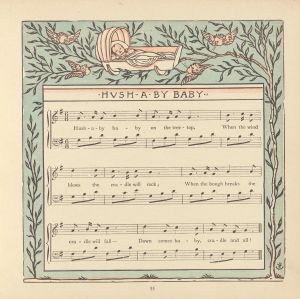
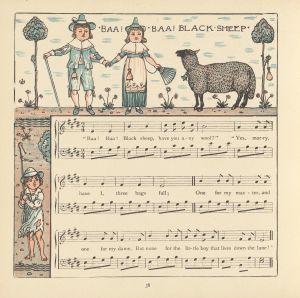
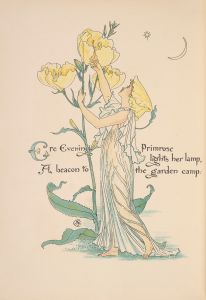
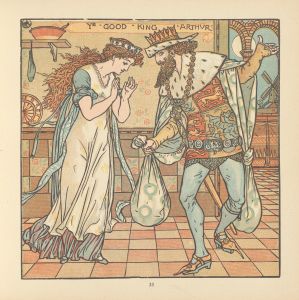
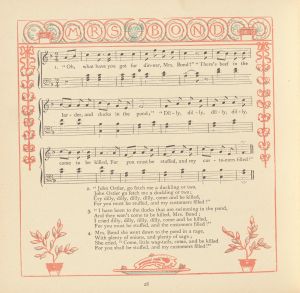
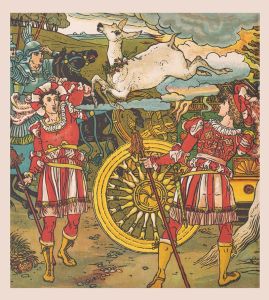
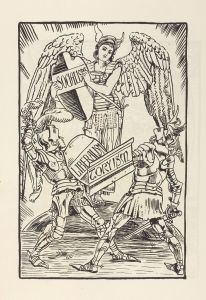
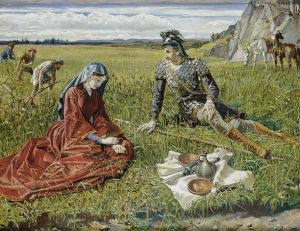
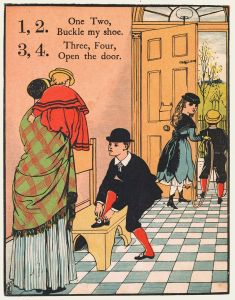
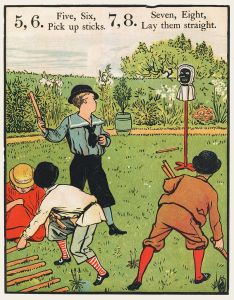
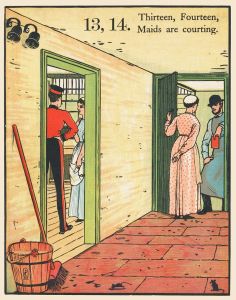
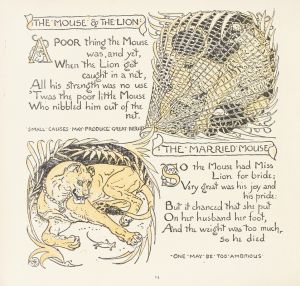
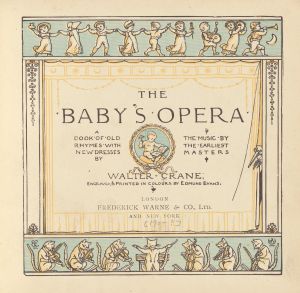
![Design for Trade Card [The Sun Life Assurance Society]](/imgs/268592/s/walter-crane-design-for-trade-card-the-sun-life-assurance-society-df6d5977.jpg)